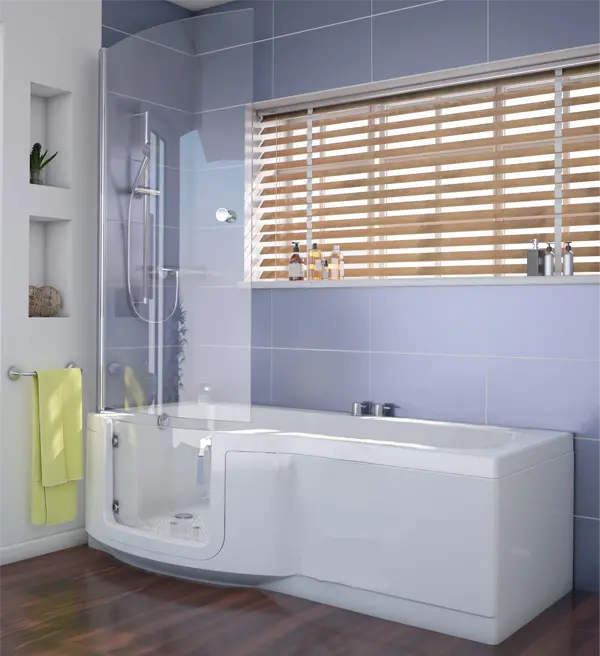
What Is Universal Home Design?
Throughout our lifetime, our needs will inevitably change from the time we were babies with no independence at all through to adulthood where we are more capable of taking care of ourselves. As time goes on and we get older, our needs will likely change once again, with the chances of us experiencing mobility issues increasing as we age.
Of course, it’s not just age that can have an impact on how well we’re able to live in our own homes, with injury and illness also potentially placing restrictions on us in this regard as well.
This is where universal home design can really come into its own, ensuring that the houses we live in are built with accessibility in mind from the outset, rather than having to make adjustments over time in line with our changing needs.
Building properties that include features to enable easy adaptation makes sense, given that change is absolutely inevitable – and doing so can ensure that people are able to continue living in their homes for as long as possible, retaining their independence as they age.
But it’s not just what’s inside the home that will facilitate this. The location of the property is also key and ensuring that properties are either close to local amenities like healthcare sites, shops, leisure and recreation, and so on is also essential to help people age in place.
And, of course, material choice should also be taken into account at the design stage to help ensure that our homes keep us healthy and don’t have an adverse effect. Building good-quality properties are more energy efficient, for example, and have better ventilation, which means they’re less likely to be affected by damp, mildew and mould.
Currently, the majority of homes are built to suit the needs of active adults, but this can prove dangerous after a certain point – but this is where the concept of universal design can provide a solution, a term first coined by architect Ronald L Mace.
The idea here is that everything from the building and the environment to technology and products should be attractive and practical for the widest range of people possible, no matter what their individual abilities are, or their age, gender or physicality.
For older people, it’s possible to use the principles of this design concept to review and update their current home or build something entirely bespoke that serves both their present and future needs, all at the same time.
For example, home features could include the likes of wider doorways, height-adjustable counters, grab bars in bathrooms, shower seating, lever handles on doors and taps, walk-in showers, easy access storage areas, good lighting systems and so on.
Even some of the smallest changes can make a big difference to our ability to stay at home as we get older, ensuring ease of use and improving our level of comfort, independence and quality of life, while also helping to reduce the risk of accidents at home.

